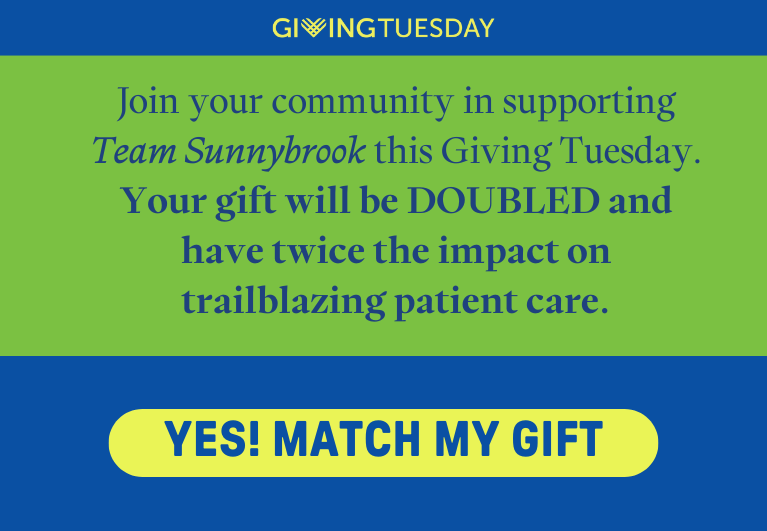Car crashes in U.S. more likely on election day
A new study in the journal Chance, a publication of the American Statistical Association, led by Sunnybrook researcher, Dr. Donald Redelmeier, suggests that American motorists are prone to road crashes on a presidential election day compared to the same hours on a regular day.
Using road safety information for the entire United States from the National Highway Traffic Safety Administration for November 4, 2008 (the day President Barack Obama was elected) and the two control days one week before (October 28, 2008) and one week after (November 11, 2008), Dr. Redelmeier and his colleague, Robert J. Tibshirani, from Stanford looked at the number of fatal crashes on each day during the 12 hours of polling.
Their analysis observed 145 individuals involved in a crash during election day, equivalent to about 12 per hour. In contrast, they observed a total of 216 individuals during the two control days, equivalent to about nine per hour. The risk was one-third higher on election day and equal to an absolute increase of 27 deaths during this one election.
The study looked not only at the risk on Obama's election, but also found similar findings with almost all previous American presidential elections (starting at President Jimmy Carter in 1976). For the nine total presidents, the average election yields about a 19 per cent increase in risk or a total of about 25 extra deaths. This makes election day more dangerous than New Year's Eve.
Says Redelmeier, "The increased risk could be the result of more driving, mobilization of unfit drivers, heightened emotions, rushing and unfamiliar pathways."
"We wanted to call attention to the need for more road safety using a recurring event of global importance. Because road deaths are a daily event, one irony is that the epidemic seems invisible unless a surge allows people to realize the large baseline numbers," he adds.
The study was supported by the Canada Research Chair in Medical Decision Science and a grant from the Canadian Institutes of Health Research.
PDF / View full media release »







